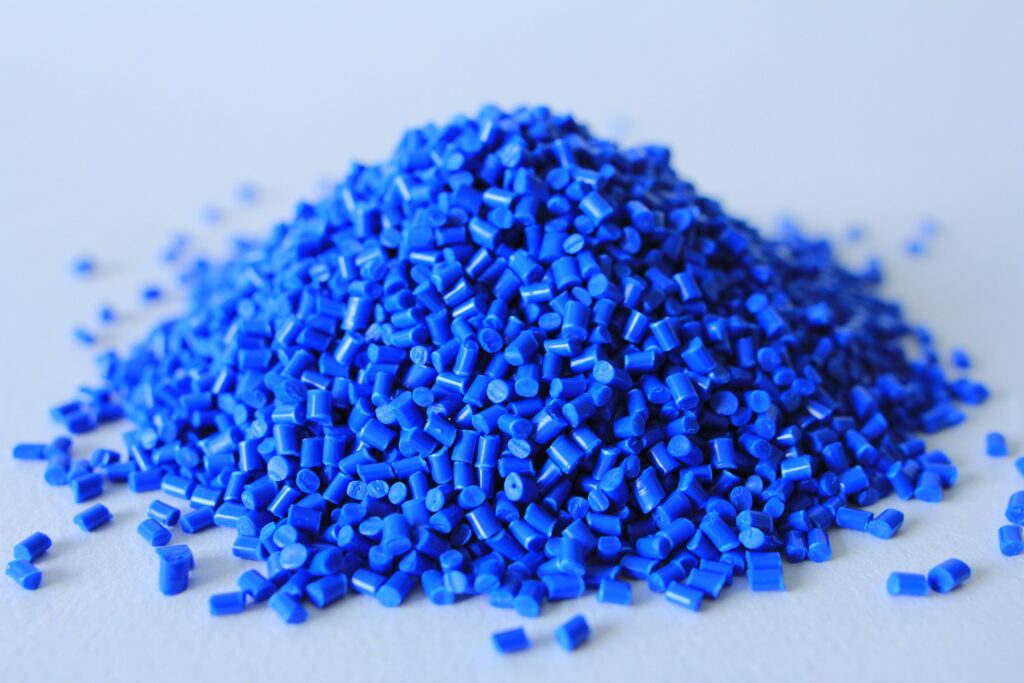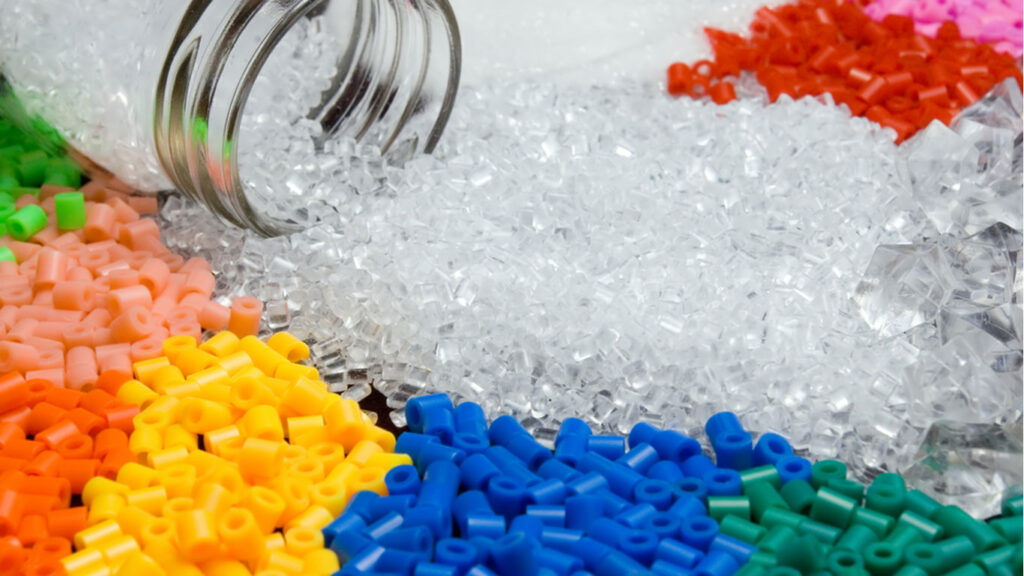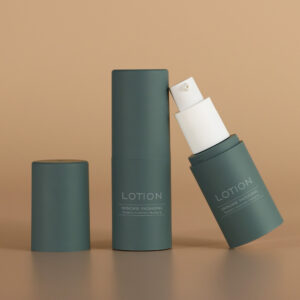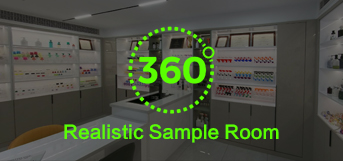Plastics can be classified into the following common types and uses according to their chemical composition and properties.
Polyethylene (PE)
Food and chemical containers, films, plastic bags, wate ya vê çîye. The benefits include minimal costs and straightforward processes.
Polypropylene (PP)
Medical devices, food containers, car interiors, wate ya vê çîye. The benefits include excellent chemical stability and great thermal tolerance.

Polyvinyl chloride (PVC)
Pipes, flooring, cables, wate ya vê çîye. The benefits include ease of processing and corrosion resistance.
Polystyrene (PS)
Fresh food containers, Styrofoam, and other materials can be used. The benefits include low cost and good insulating capabilities.
Acrylonitrile-styrene-butadiene copolymer (ABS)
Electrical appliance housings, automotive interiors, wate ya vê çîye. The benefits include impact resistance and injection molding.
Polycarbonate (PC)
Optical discs, eyeglass lenses, and other applications. The benefits include a high gloss and exceptional heat resistance.

Polyamide
Screwdriver handles, gears, and other items. The benefits include excellent strength and abrasion resistance.
Polytetrafluoroethylene (PTFE)
Nonstick pans, for example. The benefits include great nonstick qualities and high-temperature endurance.
Epoxy resin (EP)
Insulating coatings for electrical and electronic products are used. It has remarkable insulating characteristics.

Low cost, ease of processing, and high performance are key advantages that make plastics so widely used.







